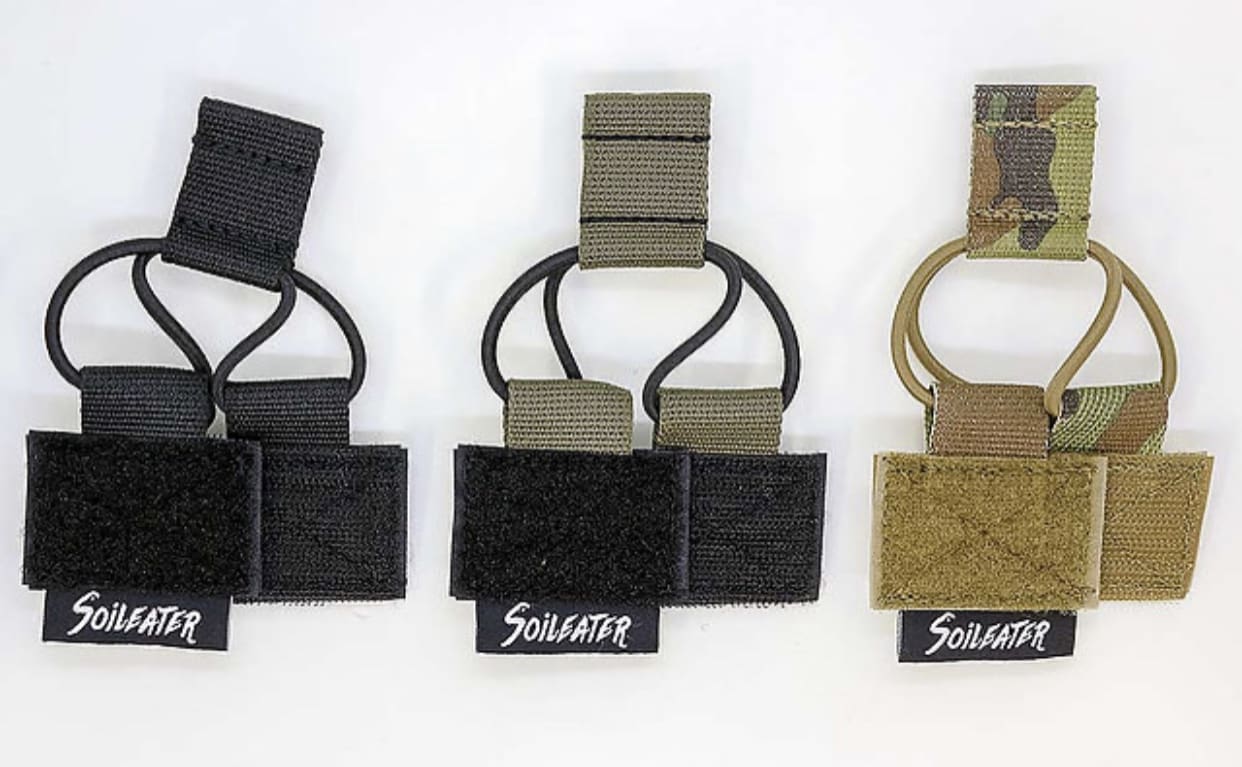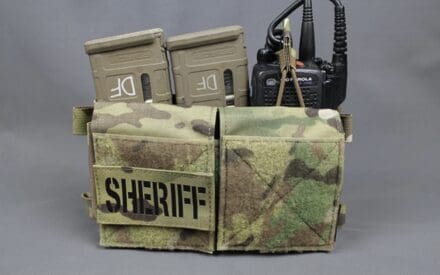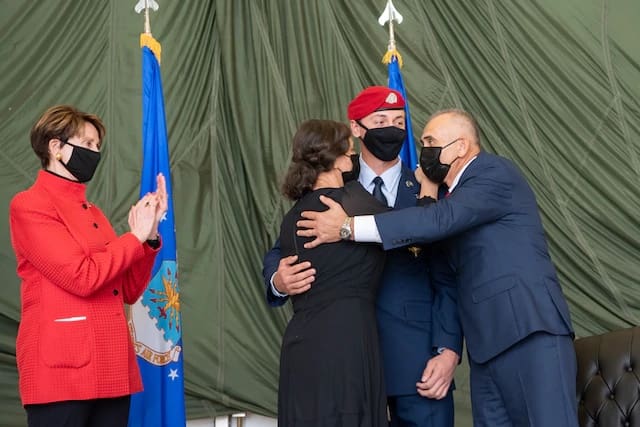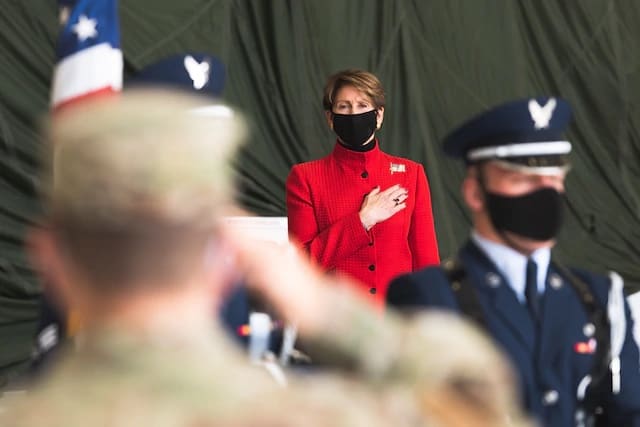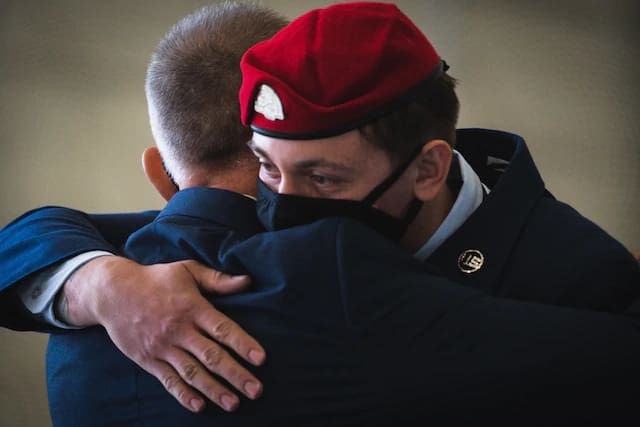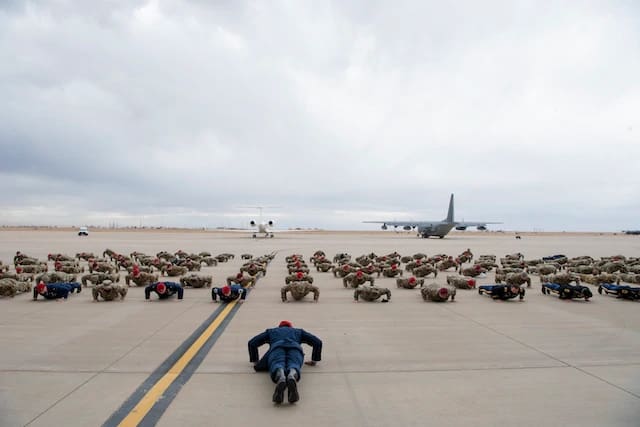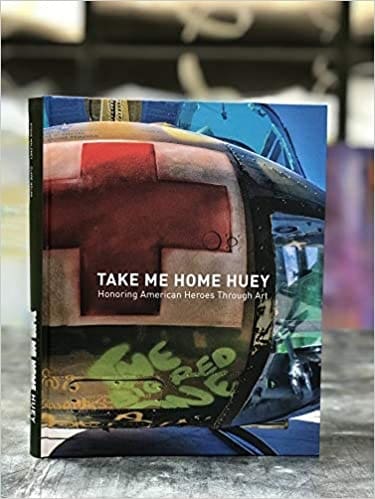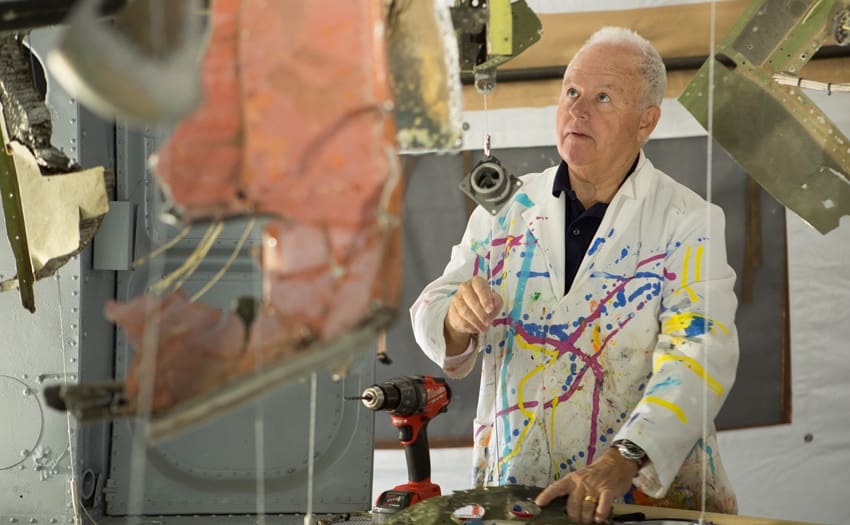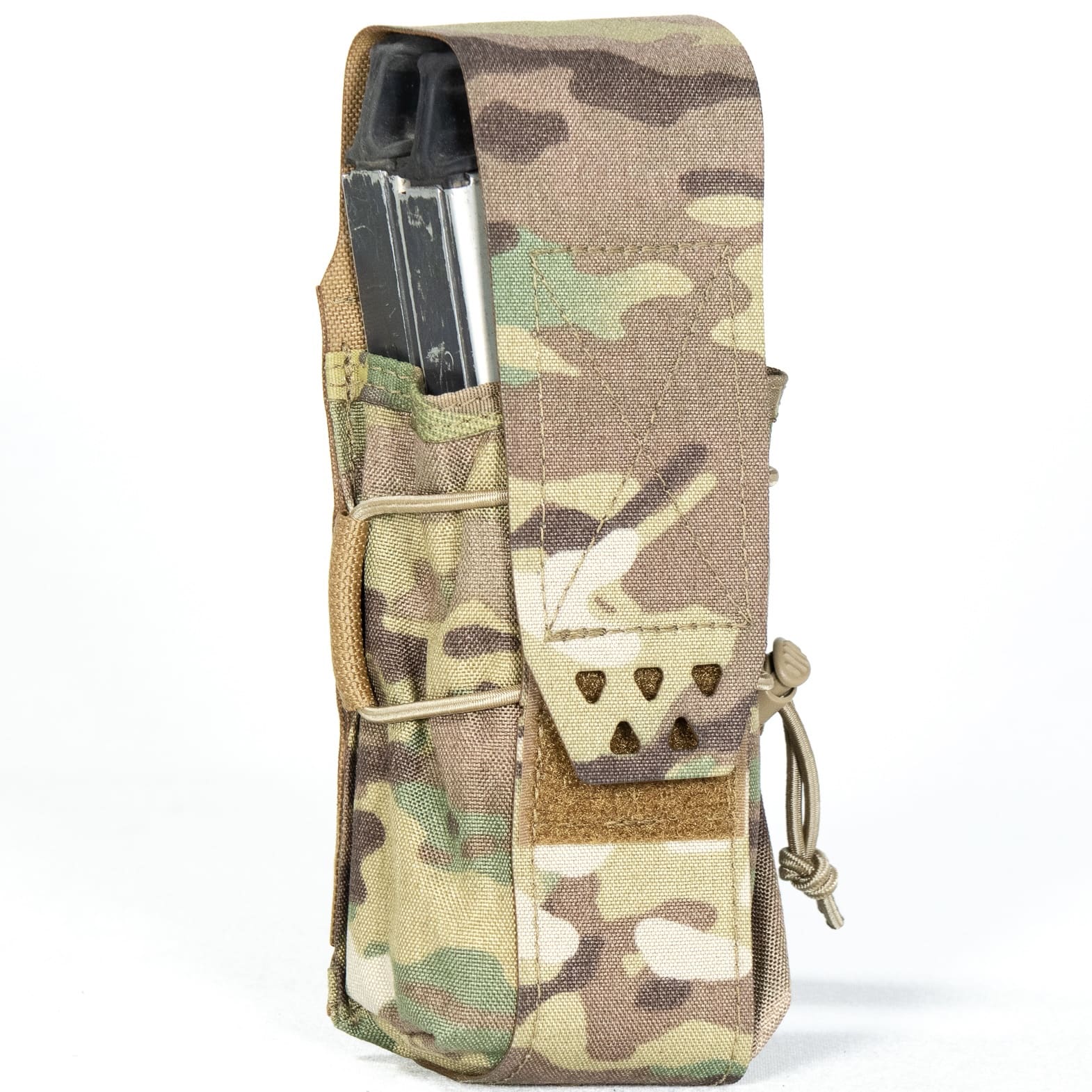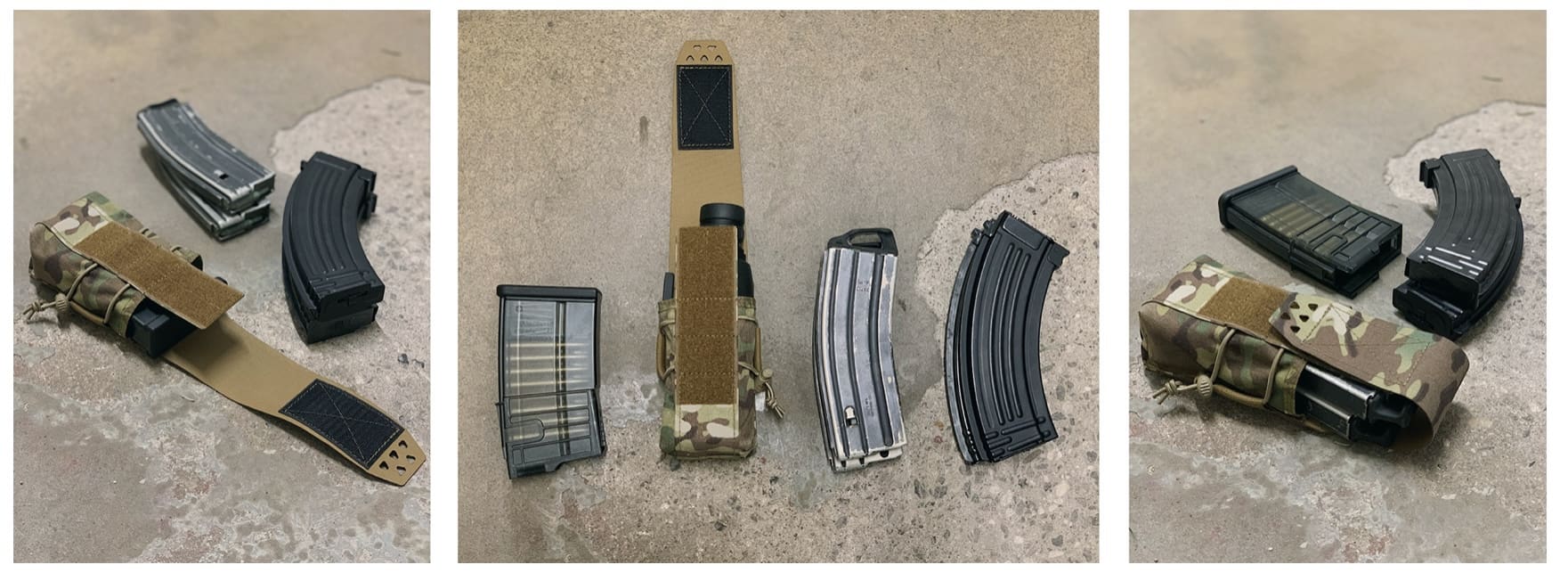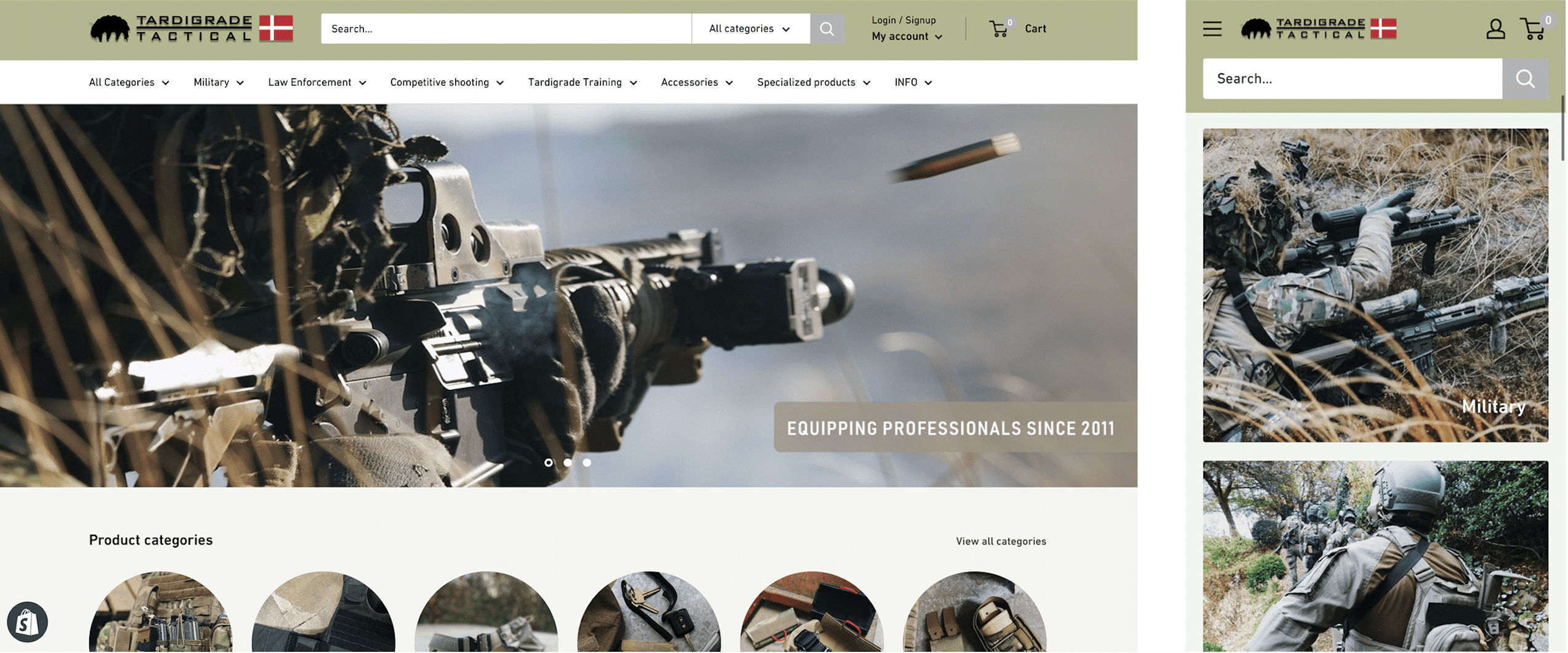As the world marked the 76th anniversary of the end of World War II, people can claim a lot of items was the “one thing” we had that is the main reason we won the war. The .50 machine gun, The Higgins Boat, The Jeep (G.P.), and the M1 Grand rifle. There are more items I could list, but it would take a long time. There is one that was one of the best-kept secrets to helping win the war. In every campaign, everyone in charge of a ship, a plane, a boat, or a bomb had one, or it was part of that item. It was the Hamilton watch. Renowned for its accuracy. Hamilton’s wartime contributions took many forms, long known for their accurate timepieces, and they were essential to the Allied Forces’ victory in WWII.
The Hamilton watch company was incorporated in1892 in Lancaster, PA. In 1891, an engineer’s inaccurate pocket watch led to a terrible train crash near Cleveland, Ohio. As a result of the investigation into that crash, an industry commission devised precise timekeeping standards for pocket watches (there were no wristwatches at this time) (get it time) used by railroad personnel. Pocket watches that met those exacting requirements were known as “railroad watches,” and a leader in making them was the. Hamilton watch company. Hamilton’s first production of those watches in March 1894 became so highly regarded for their accuracy they were called the “Watch of Railroad Accuracy.”

That reputation took Hamilton into World War I, as the official watch of the American Expeditionary Forces. Soldiers and some watch companies had devised strapped pocket watches to the wearer’s wrist so that their hands were free so they could still fight, and Hamilton took note. Soon, the 981 Wrist Watch was born. The below picture is a 981 with a shrapnel guard on it.

In the 1930s, its wristwatches’ accuracy led several new airlines to adopt Hamilton as their official timepiece. By 1940, Hamilton was one of America’s best-selling watch brands. They had their own designers, engineers, physicists, and metallurgists, and they were a leader in research in watch oils, hairsprings, jewel bearings, and escapement design. An Escapement is a mechanic, a device that permits controlled motion, usually in steps. In a watch or clock, it is the mechanism that controls the transfer of energy from the power source to the counting mechanism. For the ASVAB waivers in the room, basically, it helps maintain a steady flow of energy. In the summer of 1939 and again late 1940, the United States Naval Observatory (the U.S. authority on timekeeping, chronometers, and other navigational equipment) sent letters to eight watch companies that might be interested in creating an American marine chronometer. Hamilton replied and requested a sample chronometer for them to study.

In Feb, of 1942, 13 weeks after the attack on Pearl Harbor, they delivered two prototypes for review to the U.S. Naval Observatory. Navy officials were “simply astonished” by their precision, innovations, and reproducibility. Timekeeping and measuring devices were of critical importance to the military for planning missions, dropping bombs, time fuses for the bombs, navigation for ships and planes, and countless other efforts. As part of the war effort, Hamilton produced top-secret mechanical time fuzes for the exact timing of the anti-aircraft fire, jewel bearings, hairsprings, aircraft clocks, elapsed time clocks, altimeters, tachometers, map measurers—even tools, dies, and precision machinery for another watch, instrument, and jewel makers.

A lot of U.S. watchmakers made wristwatches for the military during WWII. Hamilton alone produced hundreds of thousands of them for the military and other special “military” sections. They also made them for Canada, the U.K., and the Russians. These included “hack” watches, “like in Let’s get a time hack” named for a mechanism in the movement, connected to the crown, which set time to the exact second. They were used to synchronize countless military attacks, troop and train movements, bombing raids, even training events.
Hamilton timepieces also included a top-secret Frogman watch, with a large “crown” over the regular crown to keep it watertight.
Hamilton made watches for almost every aspect of war. In the air, pilots, navigators of fighters, bombers, and even blimps navigate using a pocket watch as their “master time source.” This military version of Hamilton’s railroad watch was kept on simple rubber or spring shock absorbers in a small metal carrying case (to isolate it from magnetic fields, vibrations, and turbulence) with a glass window.

Also essential was Hamilton’s “bomb timer,” with wristwatch movement and dial mounted into a bombsight with a movie camera, which filmed the dial and target at the moment of impact to measure the bombs’ effectiveness. Hamilton’s most significant achievements in World War II were its marine chronometer and chronometer watches. Many experts consider its marine chronometer to be the finest ever produced. What makes this even more impressive is that, until World War II, Hamilton had never made such a timepiece. Before the invention of the GPS (you still should have a chart/ map and a way to navigate if the GPS goes down, especial if you are jumping your boats into the water), you would use time, speed, and distance to calculating longitude and plotting location and direction, from a place of departure or use the stars, you also needed to have the exact time to be in the right place to start an invasion.
Hamilton’s marine chronometer Model 21 was based on traditional ones but with several improvements. Most evident was a unique balance and hairspring assembly, a radical departure from conventional chronometer design. Such advances made Model 21 more accurate than any other marine chronometer. Properly maintained, it kept time to within a half-second per day.

It wasn’t only the Navy (which bought around 9,000) that used them. The Army Air Corp bought 500, and the Maritime Commission bought 1,500. President Franklin D. Roosevelt had one in the White House map room to maintain a day and night watch. Hamilton continued making marine chronometers after the war; they made a little under 14,000 by 1970, when it ended U.S. production. Every vessel that belonged to the U.S. and many of our allies used a Hamilton chronometer for navigation. Battleships and aircraft carriers used the Model 21, housed in a glass-covered wooden box, with its movement swung on brass gimbals to keep it level and accurate even in the roughest seas. The Model 22 was used as an auxiliary timer for bigger ships and navigation on smaller vessels like destroyers, submarines, merchant marine, hospital ships, tankers, escort vessels, and P.T. boats. The model 22 was a chronometer watch, not a marine chronometer. Though smaller and less delicate than Model 21, Model 22 also was kept in a gimbaled wooden box.
By war’s end in 1945, Hamilton timepieces ruled the sea, air, and land, getting victorious Allied troops to where they were going, whether on foot or by ship, plane, tank, submarine, or troop train. The Hamilton watch company made over 10,000-chronograph for the war effort. It should really be in the running, if not considered the one thing we could not have won the war without.
In 1957, Hamilton came out with the Ventura, the world’s first battery-powered watch; it was also helped by Elvis, who wore it in the 1961 movie “Blue Hawaii.”

The Hamilton watch served the U.S. military well into the Vietnam war and beyond; it is one of the longest serving watches in U.S. history.

As a foot note for Eric, in 1968, Hamilton was asked to design futuristic timepieces for the crew of Stanley Kubrick’s famous film, “2001: A Space Odyssey.” A few years after being commissioned to make a “futuristic” looking watch for the movie, Hamilton invented (along with Electro/Data Inc. of Texas) the digital watch. They designed the watch to look far more like HAL 9000 than the watches that were actually in A Space Odyssey.
Lastly, for E.G., they designed the watches for the first “Men in Black” movie.
In 1968 they moved production to Switzerland. In 1971, they were acquired by the Omega & Tissot Holding Company SSIH purchased the Hamilton brand and utilized the Hamilton name for several branding efforts, including numerous quartz watches in the 1980s. Then in 1984, they became a subsidiary of The Swatch Group.





